Caro Barro
The story of ceramic artisans who conquer with their creations in clay the huge plantations of eucalyptus that surrounds them.
Caro Barro
Caro Barro is the result of a cocreation process between the Belgian Livable designer Sep Verboom and the Brazilian artisans of Coqueiro Campo, a village in the Valley of Jequitinhonha, in the north of Minas Gerais.
Tradition
Following centuries of tradition, the woman of the community still produce artisanal ceramics that are completely made out of natural materials they find in the surroundings of the village.
For baking their objects they all have self constructed ovens in their gardens. In a central store each woman can show and sell her objects.
Story
Caro Barro tells the story of the valley, and the way in which huge plantations of eucalyptus invaded in the lives of the artisans. At the moment they came to the region, the big companies paid only a small amount for the land they planted with eucalyptus trees. This monoculture exercises a pestiferous influence on the groundwater. As the eucalyptus trees take all of the water from the ground, the nature of the valley is irreversibly damaged.
That’s why the ceramics today are an even more important source of income for the people of Coqueiro Campo.The clay is one of the few things they can still get from nature.
When Livable designer Sep Verboom heard this story in summer 2016, when he lived and worked for one month in the village, he decided to take it as the starting point of his project. Doing so the vases tell the history of the woman and their clay. Caro Barro, the story about their sweetest, most precious clay.
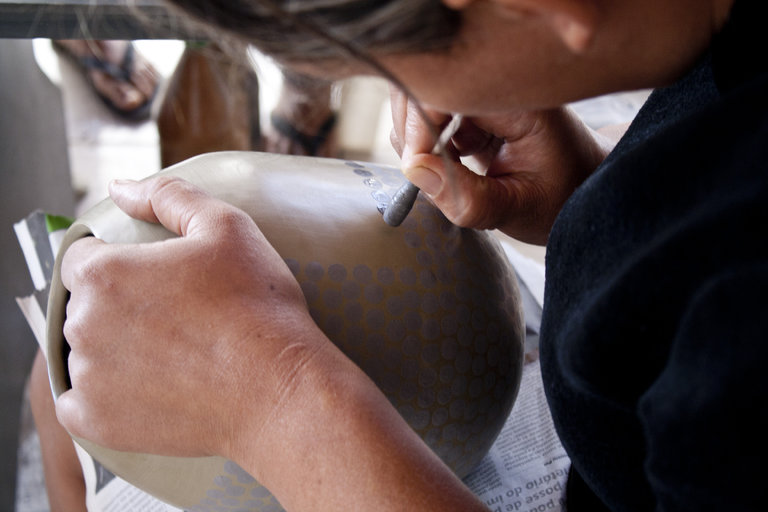
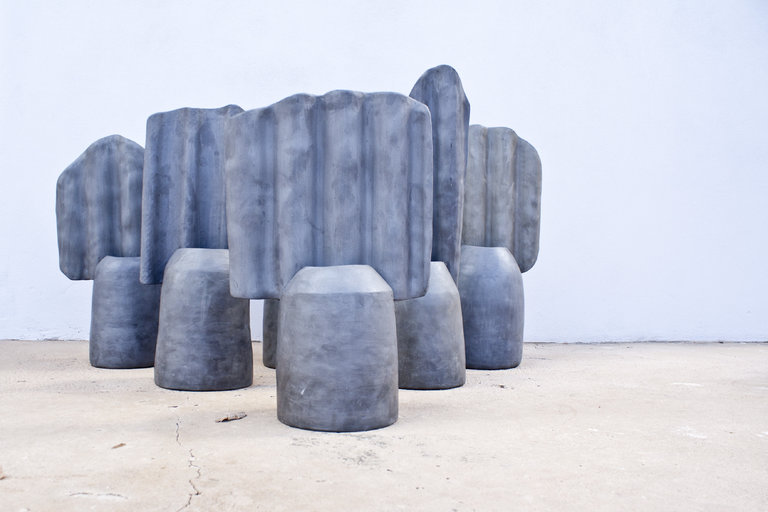
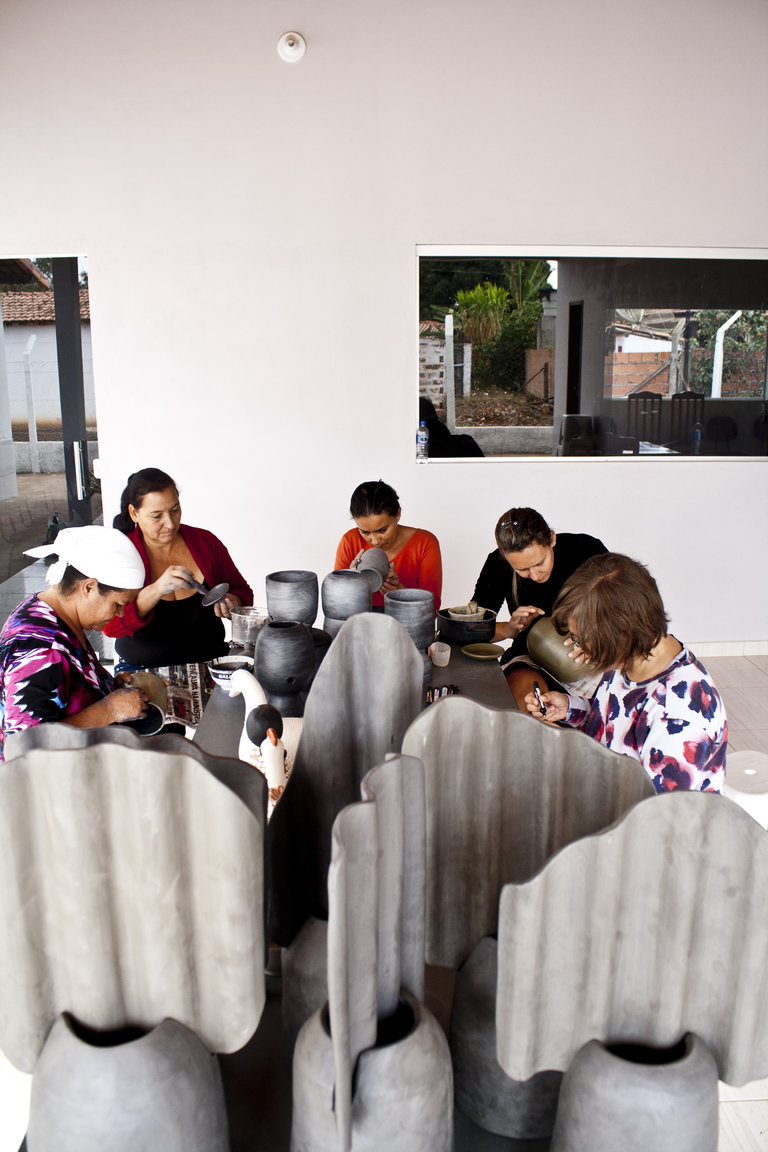

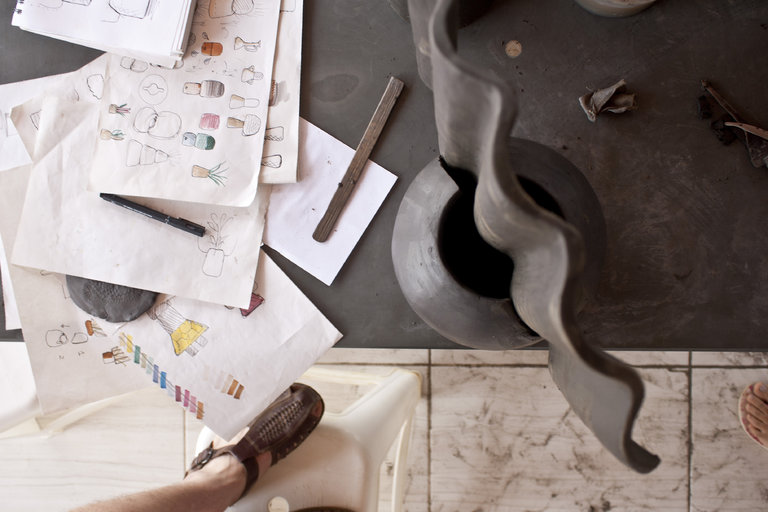
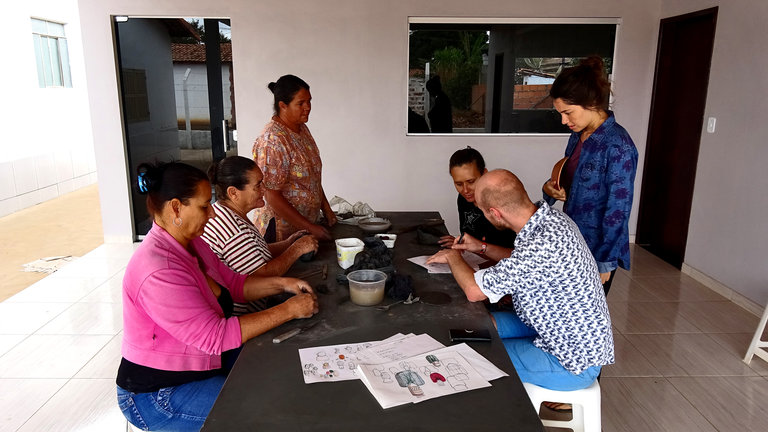
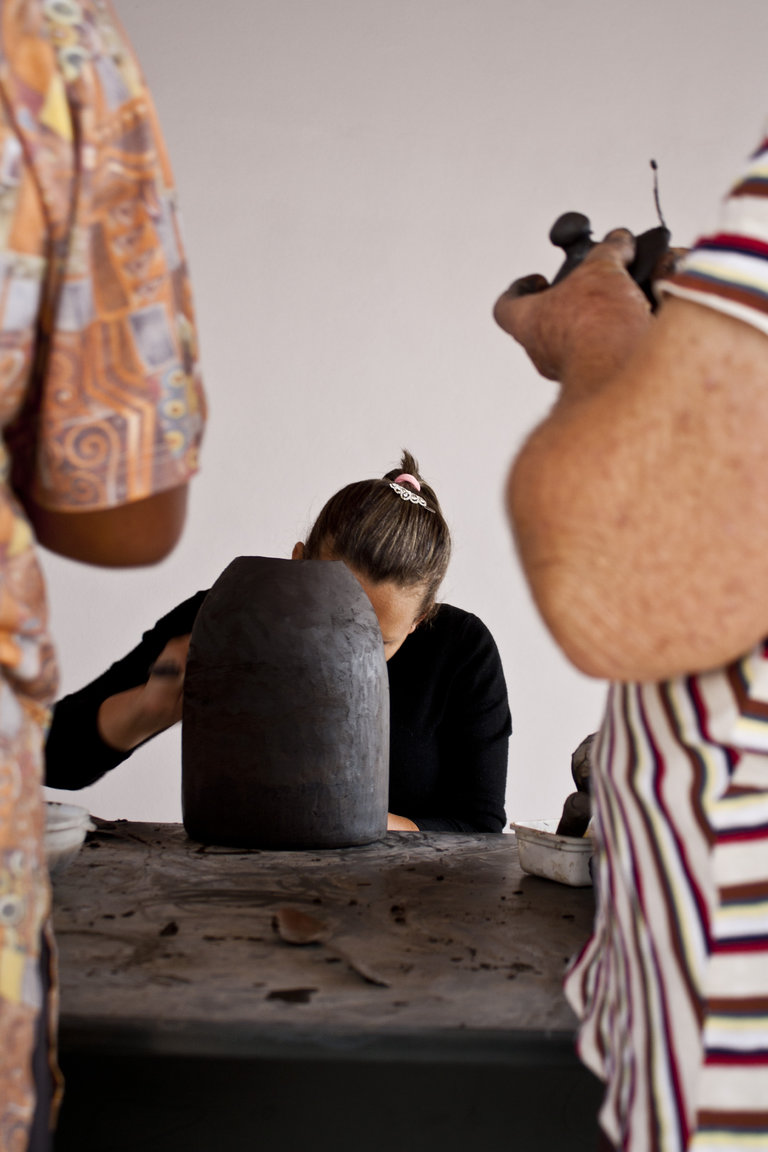
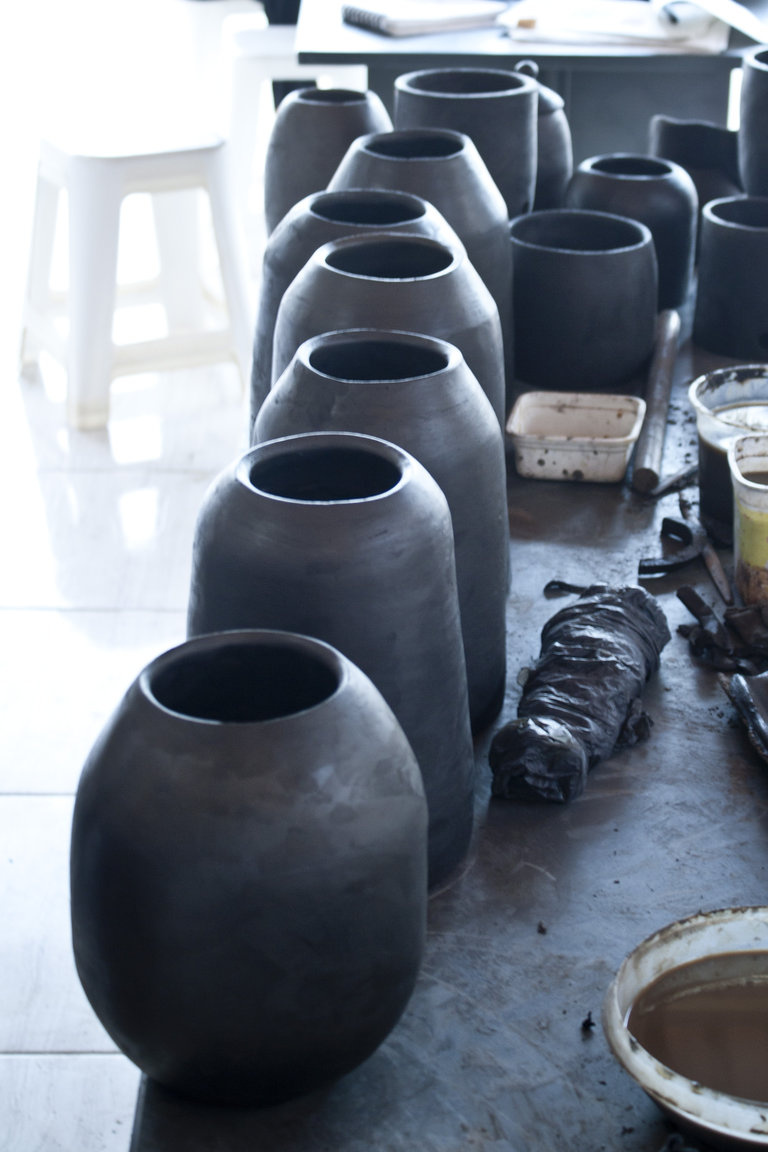
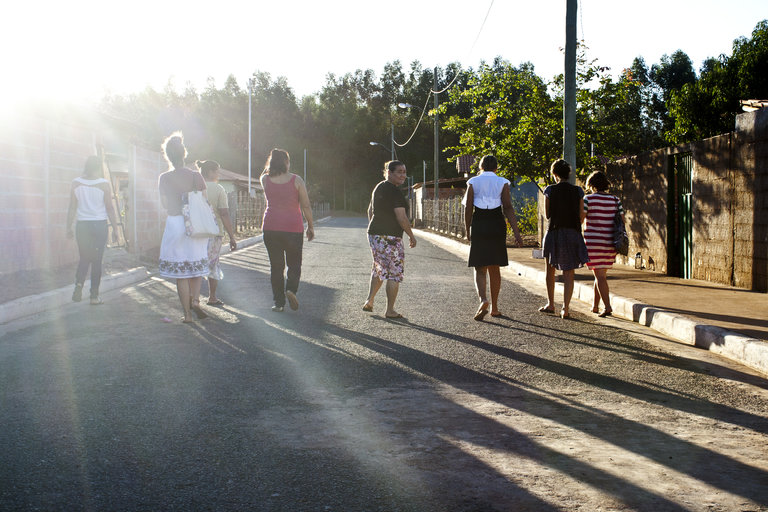
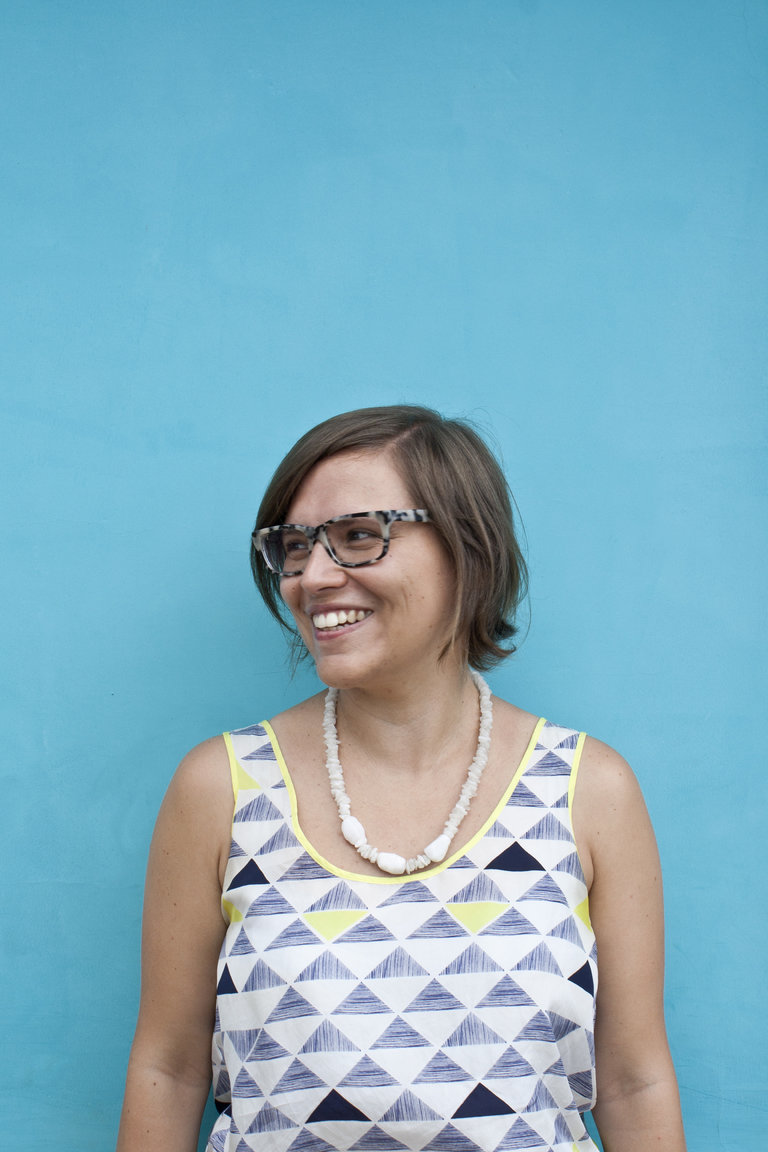
Elien Haentjens
As a freelance journalist Elien Haentjens (*1983, lives and works in Brussels) specializes since 2006 in the fields of design and art. Doing so, she further develops the expertise she gained during her studies Art History at KU Leuven. The exhibitions she has been curating around Belgian design in Brazil since 2013 are also in line with this. While she selected and showed finished pieces at first, she decided to intensify the Belgian-Brazilian dialogue by inviting Belgian designers to work with Brazilian artisans. Through design and art she wants to make people confident enough to open up for the other. This way she wants to stimulate the global dialogue, and at the same time ensure that people don’t lose their own identity and local culture.
In 2016 Elien Haentjens invited Livable founder Sep Verboom as the first designer to join her new concept. As they both liked the cooperation, she invited him another time in 2017, this time together with designers Linde Freya and Laura Caroen. To realise both projects Elien Haentjens worked closely together with two Brazilian partners.

Artesol
Artesol, a non-governmental organization established in 1998, with the purpose of supporting the safeguard and development of traditional arts and crafts in Brazilian localities with low HDI (human development index). In sixteen years of work, ArteSol has developed more than hundred projects in seventeen out of the twenty-six Brazilian states.
These projects have benefited more than twenty thousand people and respective families, including producers of ceramic, weaving, lace ,embroideries, sculpture, musical instruments, toys and other traditional handicrafts.

MADE
MADE - Mercado ArteDesign - is an international exhibition of collectible design. A platform to discuss, appreciate and buy the best of design, from vintage to contemporary.
MADE's proposal is to bring together quality content through exhibitions and installations, renowned design galleries and a collective space that exposes and highlights national and international designers and studios, revealing new talents, encouraging new productions and , Consequently, the expansion of design culture to thousands of people.
In addition to presenting the latest high-end design productions and encouraging business, the MADE platform aims to disseminate education and culture in the industry through a programming of design forums.
MADE is realized by the W / Design, of Waldick Jatobá, idealizer and general director of the event, that counts on the curation of Bruno Simões.
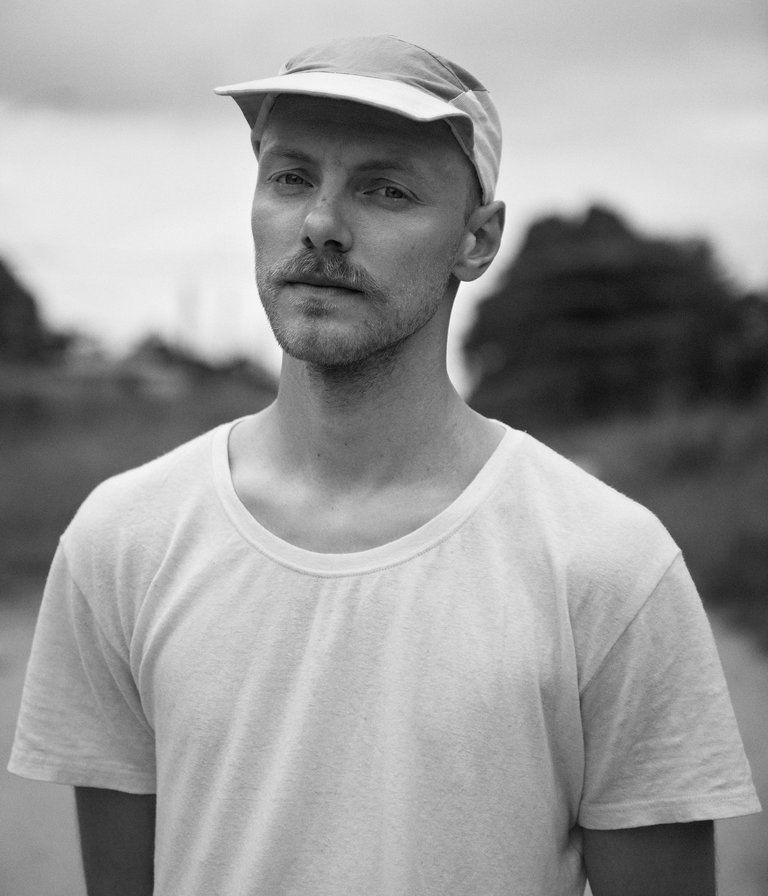
Sep Verboom
The Belgian creative Sep Verboom (1990) is at once designer and social entrepreneur, less concerned with the objectification of the result, more with the context in which it takes place.
‘Too often we measure success and profit in terms of economic values. What happened to the importance of people’s well-being and health of our environment?’
Through his Livable® platform, Verboom brings together partners as diverse as their geographies: from the Peruvian Amazon to Indonesia, and from local governments or commercial companies to NGO’s.
Verboom graduated with a degree in Industrial Design (HOWEST) and in Sustainable Development from (VIVES) both in Kortrijk (BE).
His collaborative approach has been internationally recognised, with numerous expositions and awards. In 2018 Sep Verboom won the Belgian Henry Van De Velde Award for Young Talent. In 2020 his commitment to socially engaged design earned him the prestigious title ‘Designer of the Year’ by Biennale Interieur.

Elien Haentjens
As a freelance journalist Elien Haentjens (*1983, lives and works in Brussels) specializes since 2006 in the fields of design and art. Doing so, she further develops the expertise she gained during her studies Art History at KU Leuven. The exhibitions she has been curating around Belgian design in Brazil since 2013 are also in line with this. While she selected and showed finished pieces at first, she decided to intensify the Belgian-Brazilian dialogue by inviting Belgian designers to work with Brazilian artisans. Through design and art she wants to make people confident enough to open up for the other. This way she wants to stimulate the global dialogue, and at the same time ensure that people don’t lose their own identity and local culture.
In 2016 Elien Haentjens invited Livable founder Sep Verboom as the first designer to join her new concept. As they both liked the cooperation, she invited him another time in 2017, this time together with designers Linde Freya and Laura Caroen. To realise both projects Elien Haentjens worked closely together with two Brazilian partners.